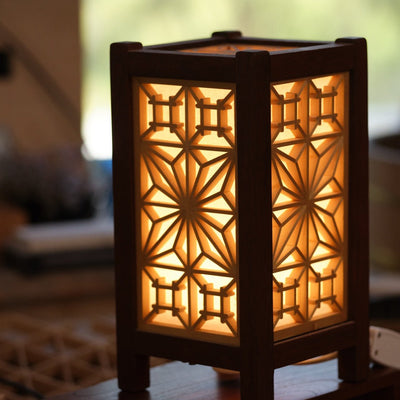Japanese Bonsai tools behave very differently to scissors, but as they look very similar, it can be a surprise when you open and close them for the first time and feel very little resistance, or none whatsoever.
Please see the video above to see how Christian adjusts his bonsai tools. For further explanation, please read below.
The feel of a tool in the hand is a very personal preference, but we are asked on a semi-regular basis about whether this loose feel is normal, and whether a pair of bonsai or ikebana scissors can be made "tighter".
Well, yes they can be made tighter. Because these tools are pinned together with a rivet rather than a screw, you will need two things besides your scissors;
- A heavy metal mallet
- An "anvil". If you have misplaced your blacksmith's anvil, a solid piece of hardwood (think old fence paling) can do a good job.
The aim here is to compress the rivet just enough that it tightens up the movement of the two blades over each other.
Holding the scissors by their handle, balance the rivet on your piece of hardwood. You will be hammering the rivet, and you want the force of your hammer blow to travel through the rivet to the anvil without impacting any other part of the tool.
If you hit the blades of your tool, or have them leaning on the anvil, you risk bending them. Have only the rivet of the tool on the anvil.
Impact the rivet with your mallet. You need a controlled, accurate swing that lets the weight of the hammer press the rivet.
Test your shears between every strike. It can be quite easy to overdo it with a few hits in a row. As your shears begin to tighten up, open and close them to feel their tightness through their travel.
And voila! You have a firmer pair of shears than when you started. This technique can be at any time in your shears' lifetime, as they may also loosen with use.


